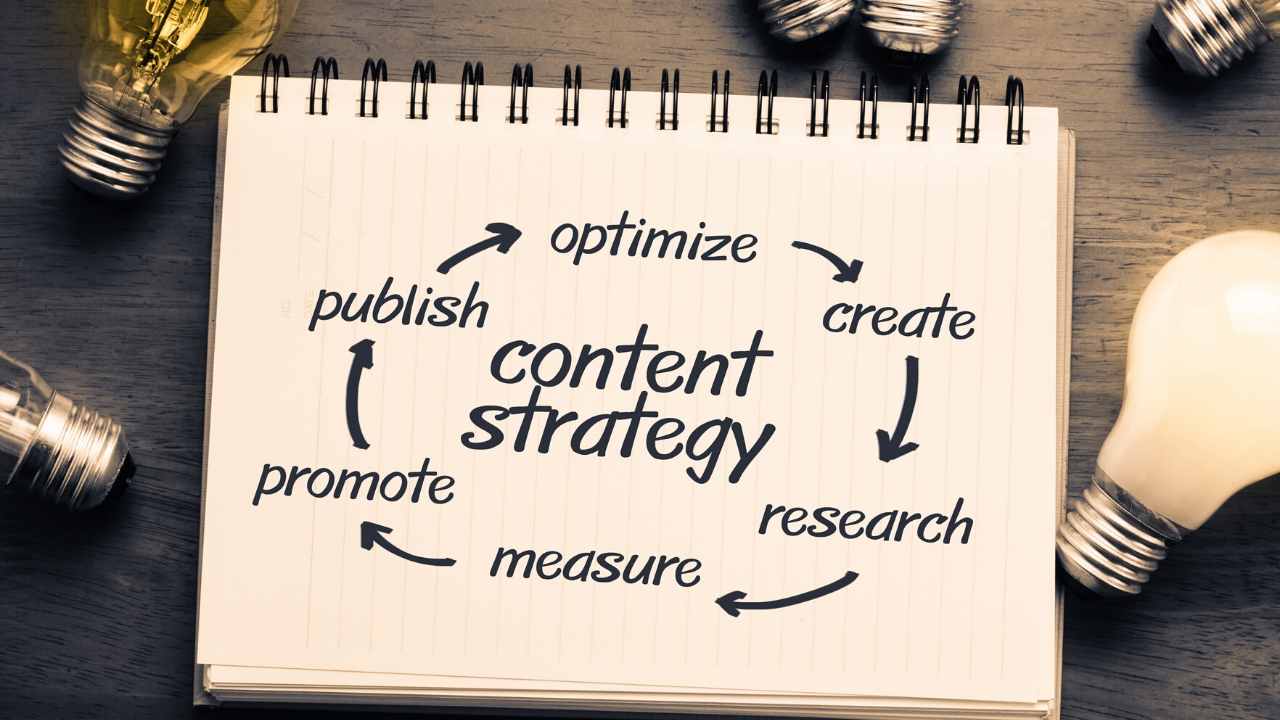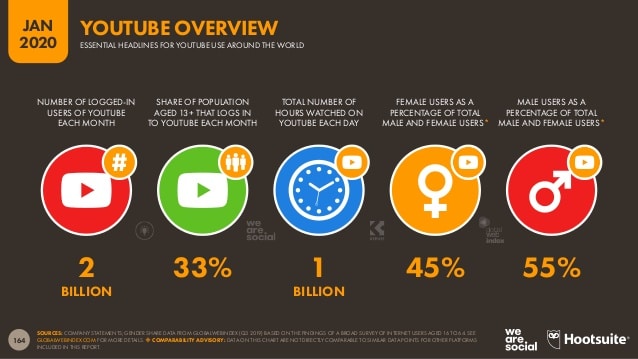
Here are some tips to help you create a social-media bio.
Link in bio
You have probably seen the many examples of link in social media bio. Have you ever thought about what a link in your social media bio could do for you? We'll be discussing the best tools and best practices for optimizing your links for maximum conversions in this article. Learn how to create your own link within your bio using the most powerful tools available. So, what should you add to your bio?

Emojis
Use emojis when creating your social media profile example. Adding emojis can give your bio a colorful, relatable look, and they can be used in any format - from a one-liner to 150-character bios. Emojis are able to be used to describe content preferences or break up your bio visually. Emojis could be used to invite your followers or customers to buy your products.
Call-to-action
A call-to-action (CTA) is an essential part of landing pages. The task of creating the perfect CTA can be overwhelming. So many people end-up using generic ones or overthinking their creations. Here are three ways to create a strong CTA.
Uniqueness
A good bio should include a call to action to get people to engage with your business. You can use these phrases to create a memorable bio. Your call to action and how people can interact are key elements of your bio. It's easier to pick the right language and make the most out of the space available when you plan your bio. Here's a good example of a bio to get you started.

Keywords
Although the content of a social media profile example might seem vague, it should be clear and reflect the goals of your business. A bakery might use keywords to attract customers. Another business might use keywords like authentic, delicious, or authentically-made. The content in a social media bio varies depending on the business, the brand's values, and its goals. This article will discuss the importance of keywords in a social media bio example.
FAQ
What are the 7 Steps of Content Marketing?
The seven-step process to content marketing is:
-
Identify the problem
-
Find out what's currently working
-
Make new ideas
-
These strategies can be developed
-
Test them
-
You can measure the results
-
Keep going until you find the right solution.
This strategy is practical for both large and small businesses.
How can content marketing be measured for success?
There are several ways to measure the effectiveness of your content marketing strategy.
Google Analytics is a good tool to measure your progress. This tool lets you see where your targeted traffic comes from and what pages they visit most frequently.
It also tells you how long each visitor stays on your site before leaving.
You can use this information to improve the content you create to grab people's attention, and keep them interested for longer periods of time.
Another method of measuring the success of your content marketing efforts is to ask yourself these questions:
My email newsletters are providing value for my subscribers. How many people have converted to paying memberships from my entire mailing list? How many people have clicked through to my landing page? Do those who click through convert at higher rates than others?
These are all important metrics that you should track and monitor over time.
A third great way to measure the success of content marketing is to count how many people share your content through social media.
You should start now if you haven't. It could be the difference in being seen or not in your industry.
How can I improve the content marketing strategy of my company?
Focusing on distribution, audience and content can help improve your content marketing strategy. To begin, you must understand your ideal client and where they spend their time online. You can then tailor your content for them once you have this information. You must also develop a distinctive voice and style that sets you apart from your competitors. Third, you need to figure out how to distribute your content effectively.
What are the differences between content strategies?
Content strategy is a term that encompasses all aspects of the creation, management, distribution, measurement, optimization, and evaluation of content for digital channels. This includes not only what you post on social media sites like Facebook and Twitter, but also what you highlight on your website, blog and other online properties.
Content strategy is essential because it helps you determine where to focus your efforts, what content type you should use and what messages you want to send.
It's all about understanding how content fits into your overall business goals and objectives in order to help achieve them.
Statistics
- Progress indicators (0–100%) allow each team member to see how attainable each goal is and understand what remains to be accomplished. (semrush.com)
- According to our research, 65% of companies with very successful content marketing in 2021 ran content audits at least twice a year. (semrush.com)
- Forty-seven percent of buyers view 3 to 5 pieces of content before engaging with a sales representative. (mailchimp.com)
- Measure your goals with a progress indicator of 0-100%. Make your goals collaborative and transparent (semrush.com)
- This marketing strategy landed Ford a 15.4% conversion rate. (neilpatel.com)
- In fact, would pay more for a better customer experience, and 86% of B2B buyers would pay more. (neilpatel.com)
- An example of an overarching goal could be: "In 2022, we want to achieve a 20% increase in revenue created by organic content and generate 15,000 MQLs with a budget of $30,000." (semrush.com)
- Companies that use content marketing see approximately 30% higher growth rates than businesses not using it. (mailchimp.com)
External Links
How To
What is Content Marketing?
A content marketing strategy (CMP) helps you set your goals and objectives. It also gives you strategies to develop and execute your online presence. It's a roadmap for reaching those goals through content creation and distribution.
The CMP is typically broken down into 3 main areas.
-
Your overall strategy - What are you looking to achieve?
-
Your content strategy: Where do you find the right people to create, curate, or distribute your content?
-
The tactics you'll use to execute your strategy - Which channels will you use to share your content? What type of content will your produce?
These four components make up an effective CMP:
-
Goal Setting - Define your target audience and set measurable KPIs for measuring success.
-
Audience Research - Understand your ideal customers so you know exactly where to look for them.
-
Strategy - Develop a clear vision of where you're going. Divide it into smaller chunks.
-
Execution – Set realistic expectations about when you can expect to see results.